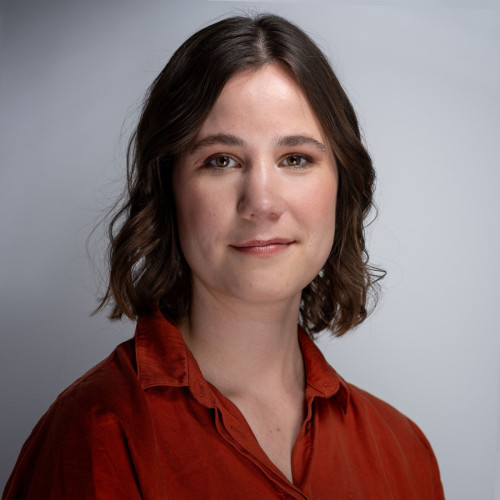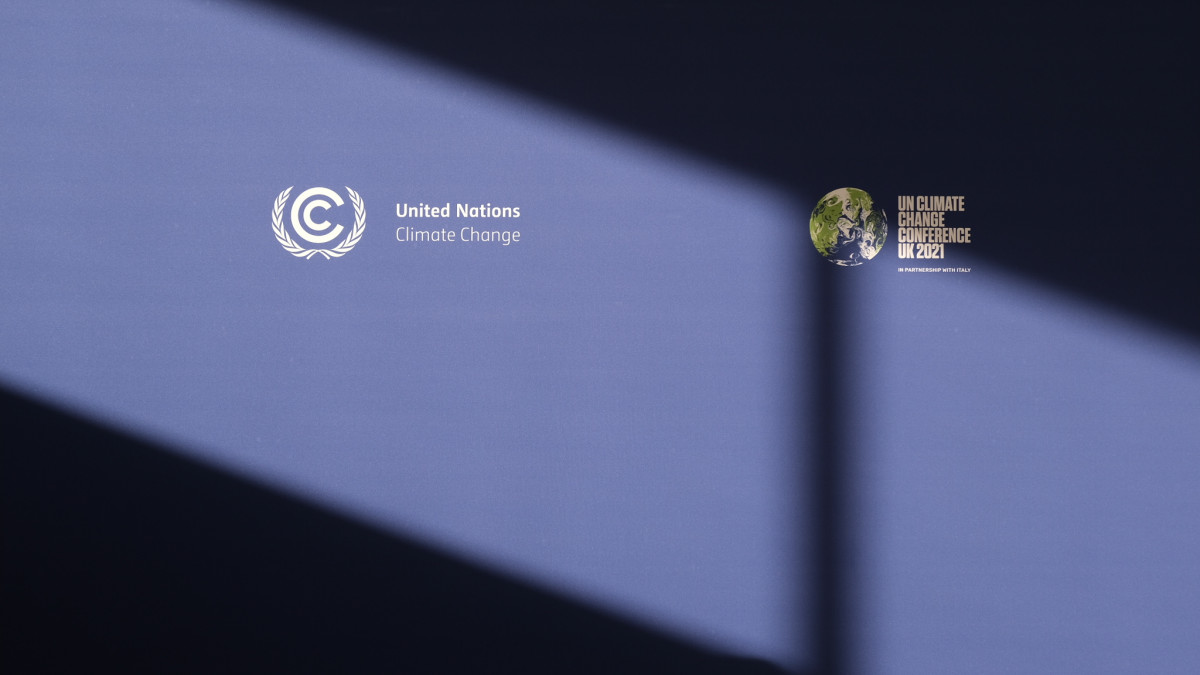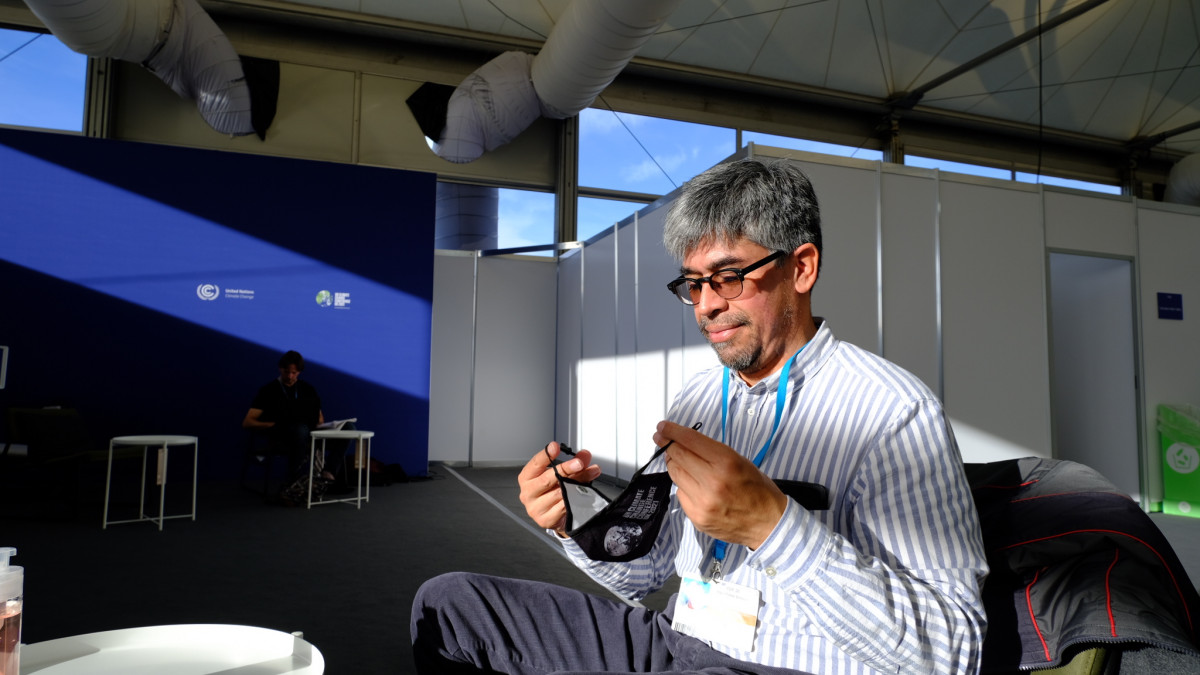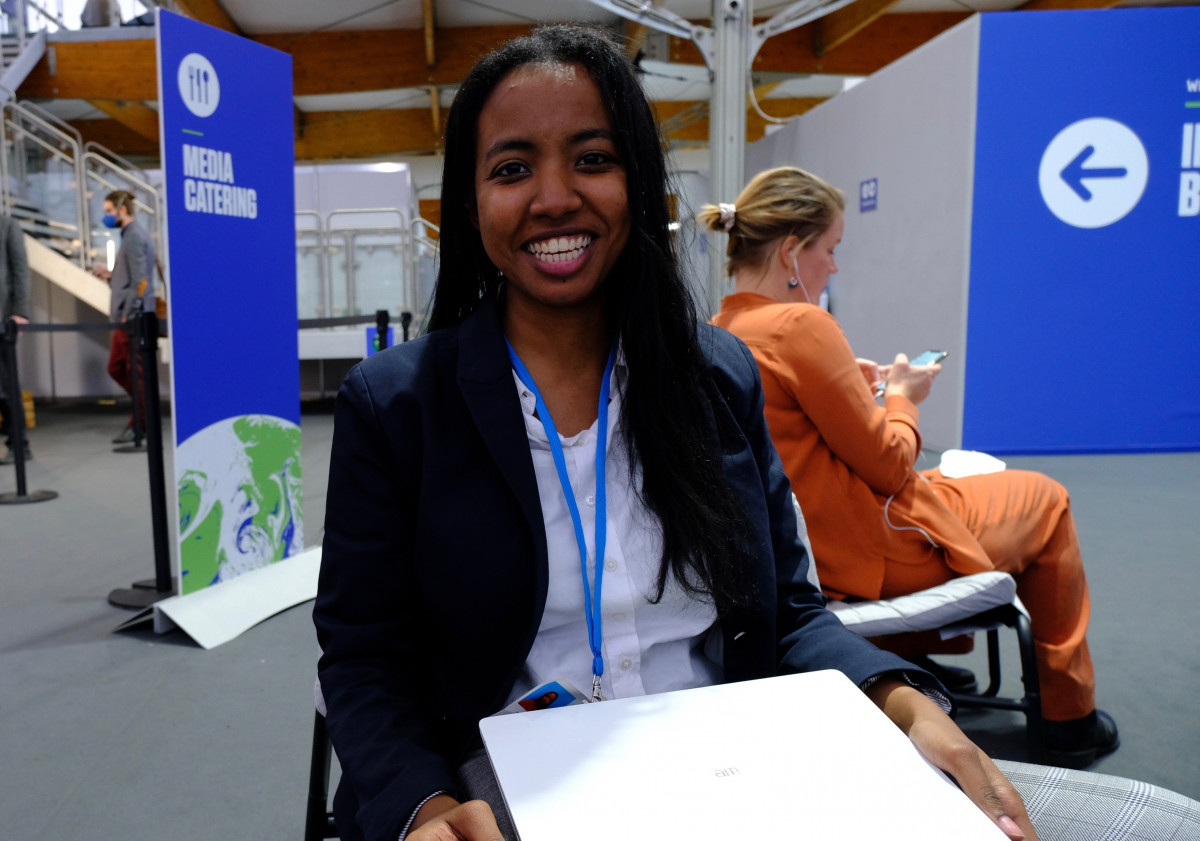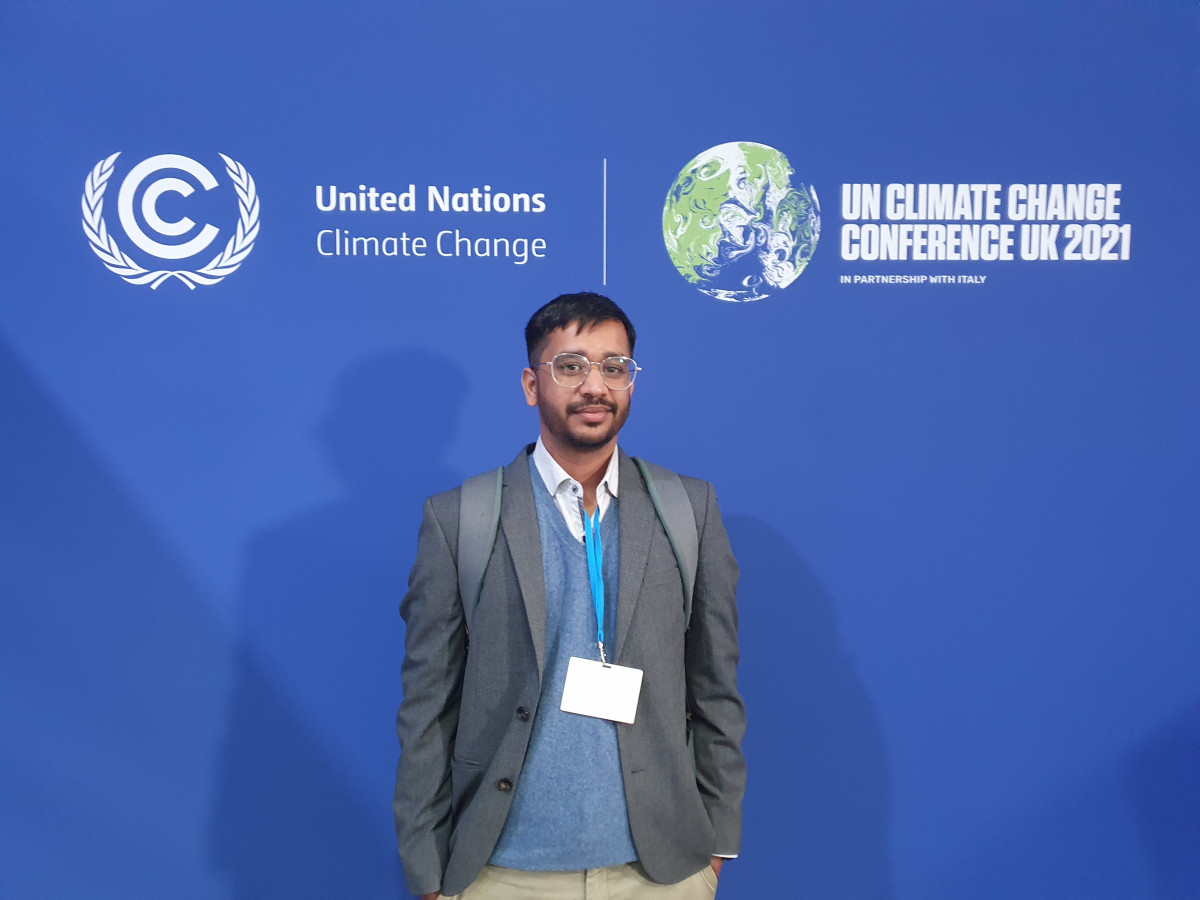COP26 Reflections: The good, the bad and the future
Emilio Godoy is a Mexico-based journalist who covers various environmental topics, human rights and sustainable development. He has written for a range of media outlets in Central America and Europe and is CLEW ambassador for Mexico and Latin America.
The main issues Emilio focused on during COP26 were “financing, carbon markets, transparency and new ambitions.” He’s also written about the discussions around the presence of indigenous people. “Many indigenous people were present in Glasgow, which is great,” he says. “They put pressure on the world leaders present. It’s important to take them seriously and not just invite them for a nice photo opportunity.”
According to Emilio, one underreported topic in climate coverage is transparency. “It is essential to critically review nationally determined contributions made by countries. Most of them lack a clear road map to comply with their own goals,” he says. “Journalists should look into the methodologies used to calculate reductions and whether governments are openly communicating these methodologies.” He also believes it’s important is to look at whether political leaders are keeping their promises: “Before COP27 journalists should revise the agreements made prior and see if their governments complied.”
Lina Yassin is a Sudanese climate journalist and activist. She has five years’ experience covering the global United Nations climate change negotiations and writes for several Arabic and international publications. Lina was part of the Sudanese delegation at COP26.
Her advice for journalists covering environmental beats is to make good use of the existing networks and media institutions. “The CLEW network, the Climate Tracker network – we also have so many good media institutions that are actually delivering information,” she explains. “Carbon Brief, Clean Energy Wire and Climate Home are delivering great analyses. As a new journalist you can use these as your guide, you can see what's going on and then you can find a story angle and just start writing.”
And which stories should journalists focus on now that COP26 is over? “We have so many pledges. When are they going to happen? How are they going to happen? We should do a lot of following up, especially on the pledges that happened recently,” Lina says. “The U.S. and China released a big statement during the second week of COP but with no clear policy plans.” She says that in the run-up to COP27, journalists “should try and hold those people accountable and see whether they actually came up with implementation plans and milestones.”
Another focus point for journalists should be the discrepancy between the interests of developed and developing countries. “In the negotiations we saw that the views of developed and developing countries are very different and it was almost impossible to reach a common ground on some of the agenda items,” she reflects. “We are full of talk about collective action. And I absolutely agree, but it doesn´t mean the burden should be equally divided between developed and developing countries. I don´t think that´s how it works. I think that could only make it even worse for a lot of countries like Sudan,” she concludes, adding that she would “love to see more reporting on this.”
Sibi Arasu is a freelance journalist from India. He has been covering environmental issues for over a decade now and focuses primarily on climate change, science and innovation, human rights issues, fisheries, public health, conservation and wildlife trafficking. Sibi was one of 20 fellows awarded a Climate Change Media Partnership to attend COP26.
He says the biggest themes for India at this COP were “long term adaptation finance, reducing emissions and shifting to sustainable energy sources in an equitable and just manner.” Now he’s back home, his next focus will be “looking at how tenable it is for India to meet its ambitious mitigation and adaptation targets. I will also be looking at global climate change funding systems and the role they play in enabling – or obstructing – climate action.”
Sibi’s biggest surprise at the COP was “the incredible pressure by civil society groups that enabled the recognition of loss and damage as a key theme in Glasgow. Of course, the concerted push for this issue by the Alliance of Small Island States and the G77 plus the China bloc also enabled getting much needed recognition for the issue.” But at the same time, he also feels that “the issue of loss and damage is not being covered in a holistic perspective by global media.” While issues such as Net Zero goals and other mitigation-related issues have gotten a lot of media attention, Sibi describes the fact that there is no global corpus being set up to deal with those hit by the climate crisis today as “a story that surely deserves more attention. Loss and damage financing and long-term climate finance are keys to any sustained shift away from fossil fuels.”

